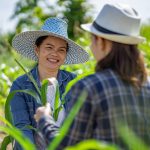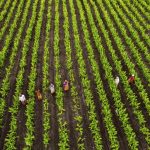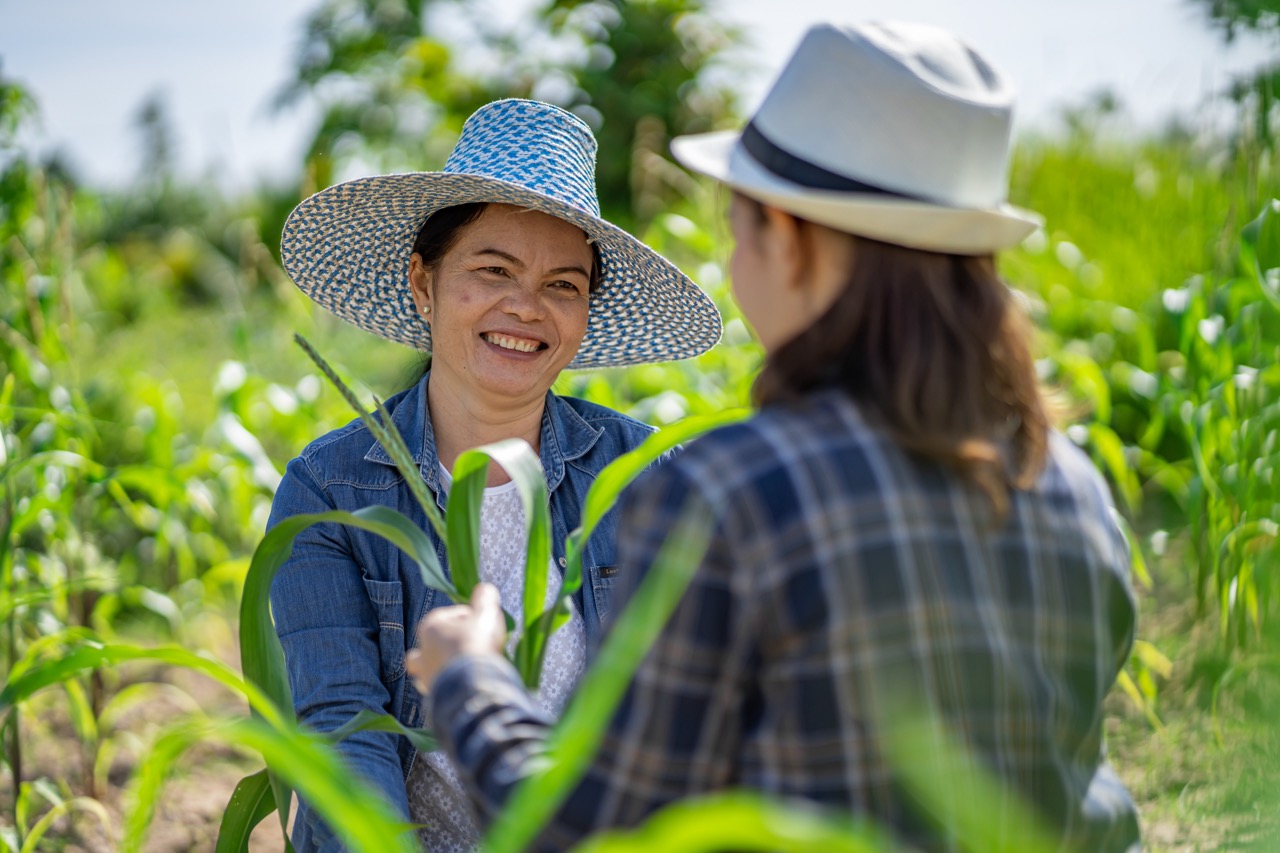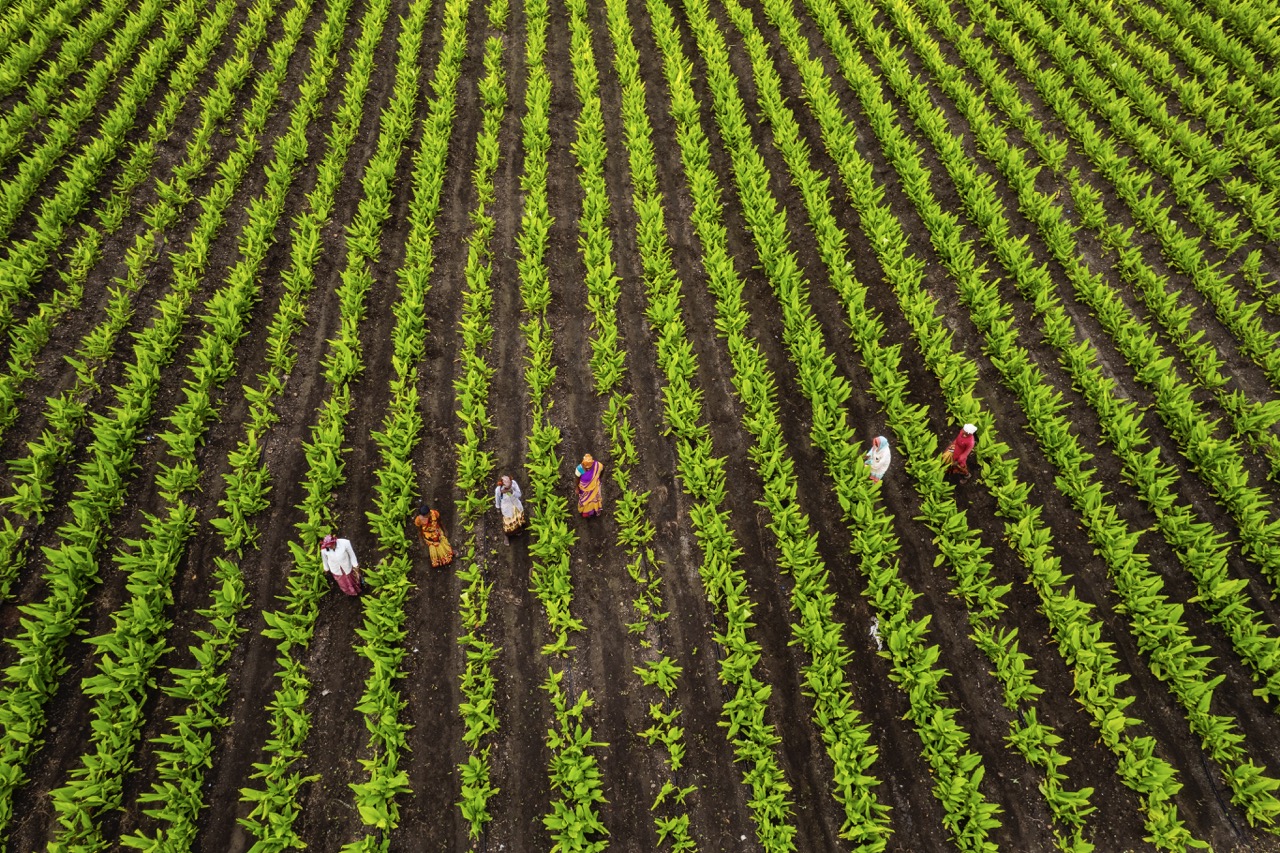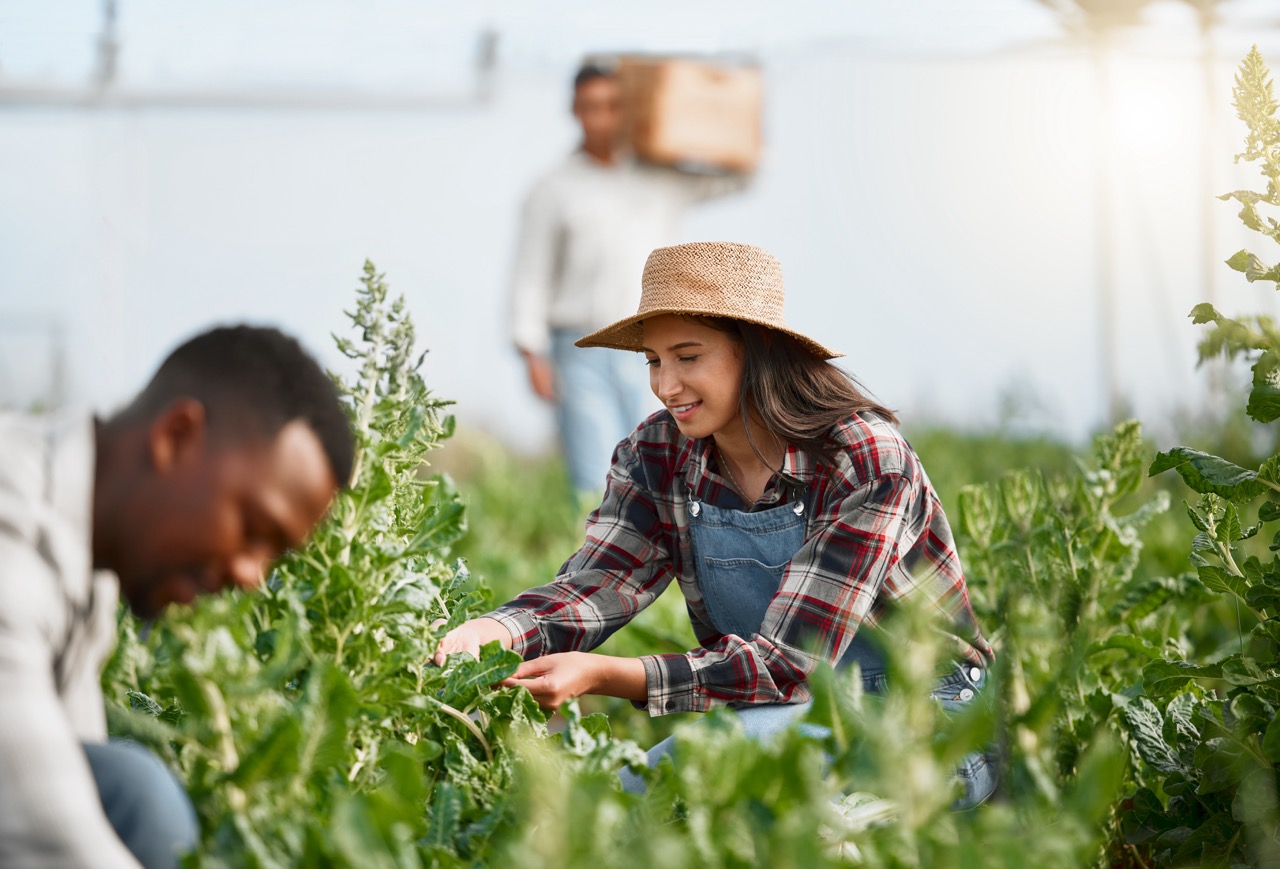Sharecropping has long been an essential agricultural practice, particularly in regions where land ownership is highly concentrated. This system allows landowners to lease out their land to individuals who cultivate it, sharing the profits in a mutually beneficial arrangement. However, not all land is created equal, and assessing the potential for sharecropping requires a thorough evaluation of various factors. In this article, we will explore the basics of sharecropping, key indicators of land suitability, essential soil tests, and important legal and market considerations, providing a comprehensive guide for prospective sharecroppers.
Understanding the Basics of Sharecropping and Land Use
Sharecropping is a system where landowners provide land to farmers in exchange for a share of the crops produced. This arrangement is particularly advantageous for those who lack the financial resources to purchase land yet possess the skills necessary for farming. Understanding the dynamics of this system is crucial for both landowners and sharecroppers, as the success of the arrangement hinges on several factors, including land quality, crop selection, and mutual trust.
In many regions, sharecropping takes place in an environment of informal agreements, which means that the terms can vary widely. This flexibility can work to the advantage of both parties; however, it can also lead to misunderstandings or disputes. Therefore, having a clear understanding of the basics surrounding sharecropping is essential. This includes being aware of local agricultural practices, market demand for various crops, and seasonal variations that may affect yield and profitability.
Moreover, the economic context of sharecropping is vital. Factors such as access to resources, market access, and the overall economic well-being of the region can significantly influence the viability of sharecropping arrangements. By comprehensively understanding these basics, both landowners and potential sharecroppers can establish a foundation for a successful partnership.
Key Factors to Evaluate Land Suitability for Crops
When assessing land for its sharecropping potential, several factors must be considered to determine its overall suitability for crop production. The first key aspect is topography; land that is flat or gently sloping tends to be more conducive to farming than land with steep hills or rocky terrain. Additionally, the proximity to water sources is essential, as crops require adequate irrigation for optimal growth. Access to roads and markets also plays a significant role, as it affects the ease with which harvested crops can be transported for sale.
Another crucial factor to evaluate is climate. Different crops have varying temperature and moisture requirements, so understanding the local climate is essential for successful cultivation. Local weather patterns, including average rainfall, frost dates, and seasonal temperature fluctuations, must be taken into account when determining which crops to plant. This knowledge helps farmers choose the right crops that align with the specific conditions of the land, thereby optimizing yield and profitability.
Lastly, the land’s past usage history can offer insights into its suitability for sharecropping. Fields that have been intensively farmed may require additional soil amendments or may struggle with pest pressures, which can impact crop yields. Conversely, land that has been fallow or has been used for sustainable practices may possess higher fertility and a lower incidence of disease. Assessing these key factors will provide a clearer picture of the land’s capacity for supporting crops.
Essential Soil Tests to Determine Fertility Levels
Before entering into a sharecropping agreement, conducting soil tests is imperative to assess the fertility levels of the land. Soil testing provides critical information regarding nutrient levels, pH balance, and organic matter content, which are all vital for determining the land’s agricultural potential. A comprehensive soil analysis will reveal any deficiencies or excesses in nutrients, enabling farmers to make informed decisions about fertilization and amendments.
In addition to basic nutrient levels, it’s essential to consider soil texture and structure, as these characteristics influence water retention and drainage capabilities. Sandy soils drain quickly but may require more frequent irrigation, while clay soils retain moisture but can become compacted, affecting root growth. Understanding these properties will help in selecting the right crops and management practices for optimal yield.
Conducting these soil tests can be easily facilitated by local agricultural extension services or private soil testing laboratories. The results should be interpreted in conjunction with local agricultural knowledge to develop tailored management plans. By investing in soil testing, potential sharecroppers can mitigate risks, optimize their farming practices, and ultimately enhance their chances for success.
Legal and Market Considerations for Sharecropping Agreements
Entering into a sharecropping agreement involves navigating a landscape of legal and market considerations. A well-defined contract is essential to protect the interests of both parties involved. Agreements should clearly outline the terms and conditions, including the share of the profits, responsibilities for land maintenance, and provision for crop insurance. Legal advice can be invaluable in drafting these contracts to ensure they are comprehensive and enforceable.
Market considerations also play a crucial role in the viability of sharecropping arrangements. Understanding local market demands and pricing trends for various crops is vital for both landowners and sharecroppers. This knowledge can inform decisions about which crops to cultivate, as well as how to price them competitively. Engaging with local agricultural cooperatives or market associations can provide valuable insights into these trends and help establish beneficial sales channels.
Furthermore, it is essential to understand the socio-economic dynamics of the region. Sharecropping agreements may be influenced by local policies, historical relationships, and prevailing cultural attitudes towards farming and land use. By considering these factors, both parties can foster a collaborative environment that promotes sustainability and mutual benefit. Ultimately, successful sharecropping hinges upon informed decision-making and clear communication.
Assessing land for sharecropping potential is a multifaceted process that requires a thorough understanding of agricultural practices, land characteristics, and market dynamics. By carefully evaluating the suitability of land, conducting essential soil tests, and navigating legal considerations, prospective sharecroppers can position themselves for success in this time-honored agricultural system. With careful planning and collaboration, sharecropping can serve as a viable pathway for both landowners and farmers to thrive in an increasingly complex agricultural landscape.
